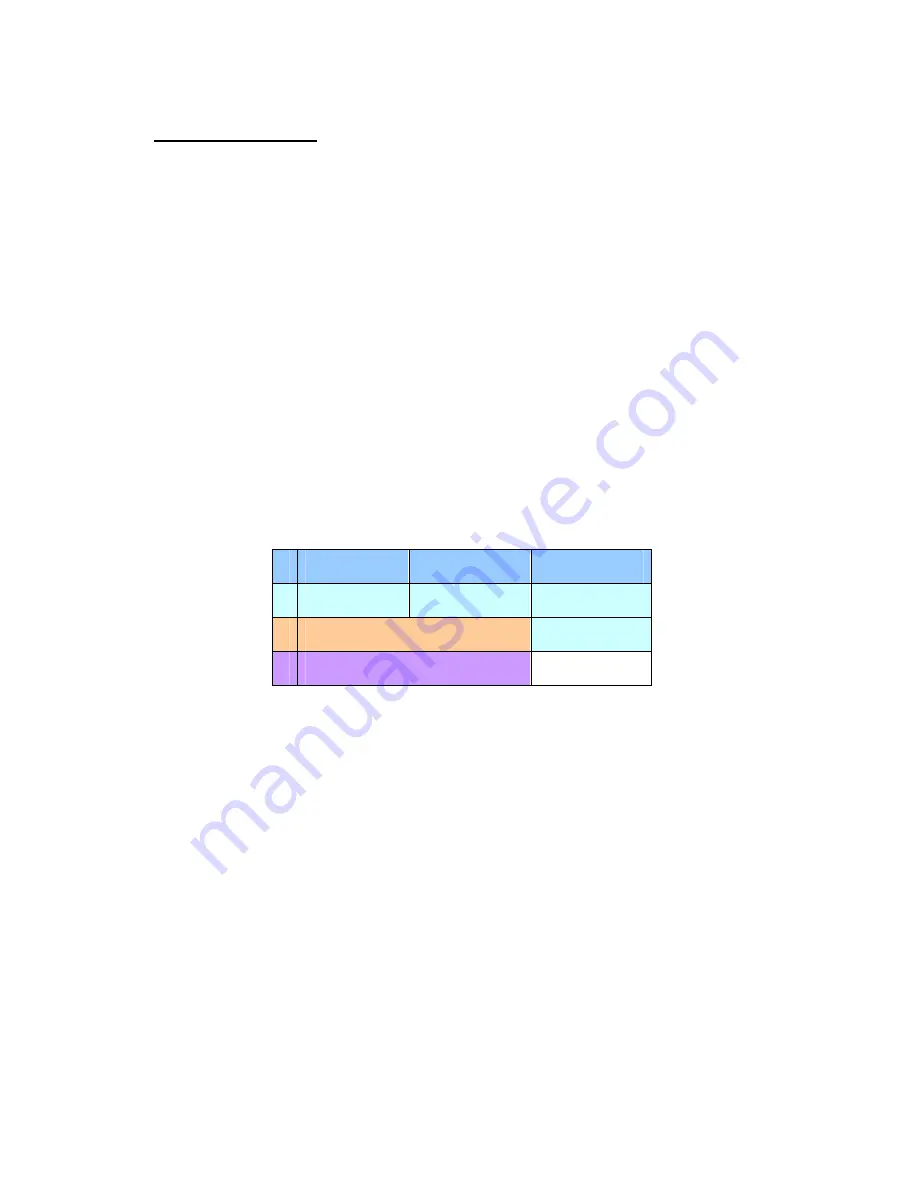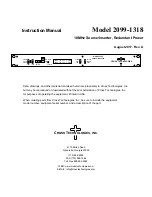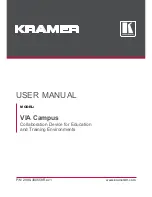
9
VIDEO
DATA
INPUTS
The right choice of video data inputs is essential for successful implementation of machine
vision applications. It must take into account video data bandwidth, maximum length and
flexibility of the cables it supports, its ability to control video device operations and last but not
least, its cost. Fast X default configuration makes the choice of multiple Camera Link and GigE
Vision interfaces. Alacron’s Fast-X video data inputs offer machine vision developer, huge
bandwighth with considerable flexibility at a reasonable cost.
Other video input formats provided on the optional Video I/O Extender board connect directly to
the FPGA front-end via mezzanine connector. Contact Alacron for assistance from the
engineering staff if your application(s) call for additional specific device drivers.
Camera Link Digital Video Interface
Camera Link was developed by a consortium of camera and video device manufacturers to
ensure physical compatibility of devices and availability of standard boards, cables and
connectors. Each Camera-Link interface supports 24 bits of data, and four bits of control, as
well as the bi-directional serial communication interface and CC1 through CC4 signals. See
“Specification of the Camera Link Interface Standard for Digital Cameras and Frame Grabbers”,
Version 1.1, January 2004.
Termination for all Camera-Link signals is provided on the board. The Fast-X board supports up
to three (3) Camera-Link interfaces, each of which can run at up to 85 MHz.
.
J1
J2
J3
1
CL Base
CL Base
CL Base
2
CL Medium
CL Base
3
CL Full
N/A
Table 1 – Fast-x Camera Link Configurations
Alacron can supply standard Camera-Link cables to be used with the Fast-X and Camera Link
cameras. The two types of Camera Link cables connect the board’s SDR-26 Camera-Link
interfaces to the Camera Link devices equipped with either MDR-26 or SDR-26 connector. The
actual pinout of the Fast-X Camera Link interfaces is contained in
Appendix A.
GigE Vision Digital Video Connect
The GigE Vision Standard was developed under sponsorship by the AIA (Automated Imaging
Association) since June 2003 by a committee of machine vision equipment manufacturers. It
defines communications interface for vision applications based on ubiquitous Ethernet
technology. The full description of the current GigE Vision Standard can be found in the GigE
Vision Camera Interface Standard for Machine Vision, Draft 1.6, February 28, 2006.
GigE Vision Standard enables a wide spectrum of interconnect topologies between compliant
video capture and processing devices. Even if its name refers explicitly to Gigabit Ethernet it
can be implemented over other Ethernet modalities and speed grades. The underlying Ethernet
technology is compatible with copper-wired, wireless, and fiber-optical interconnects opening
the door to many innovative applications of machine vision.
Stretch SCP has four built-in Gigabit Ethernet Media Access Controllers (GMACs) supported by
the dedicated DMA controllers. The Stretch GMAC devices are able to transmit data at speeds










































